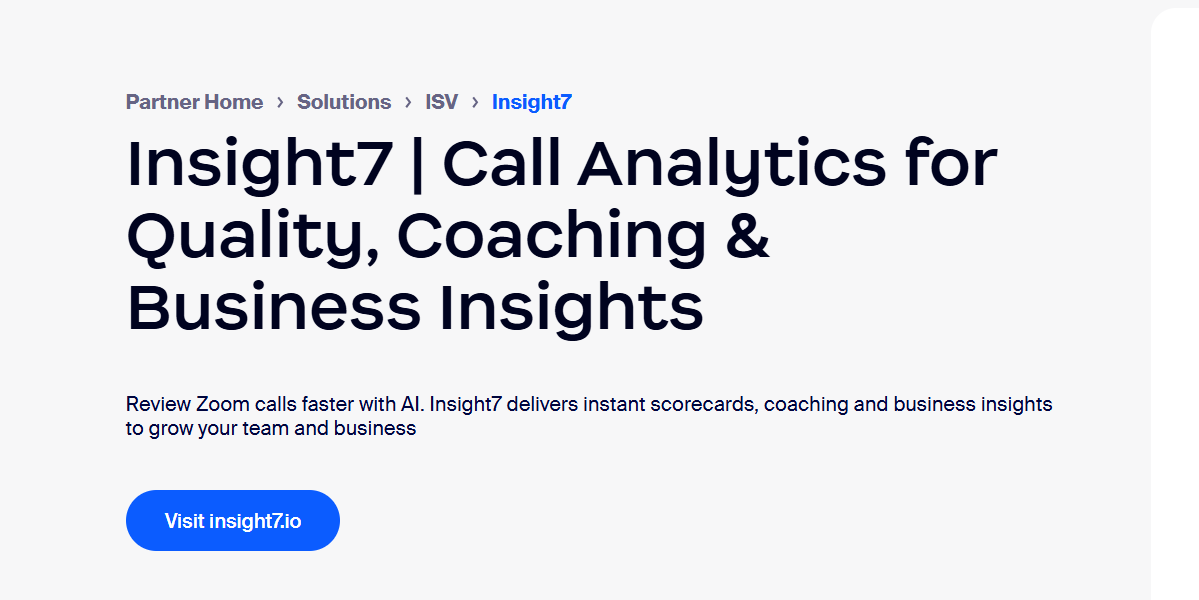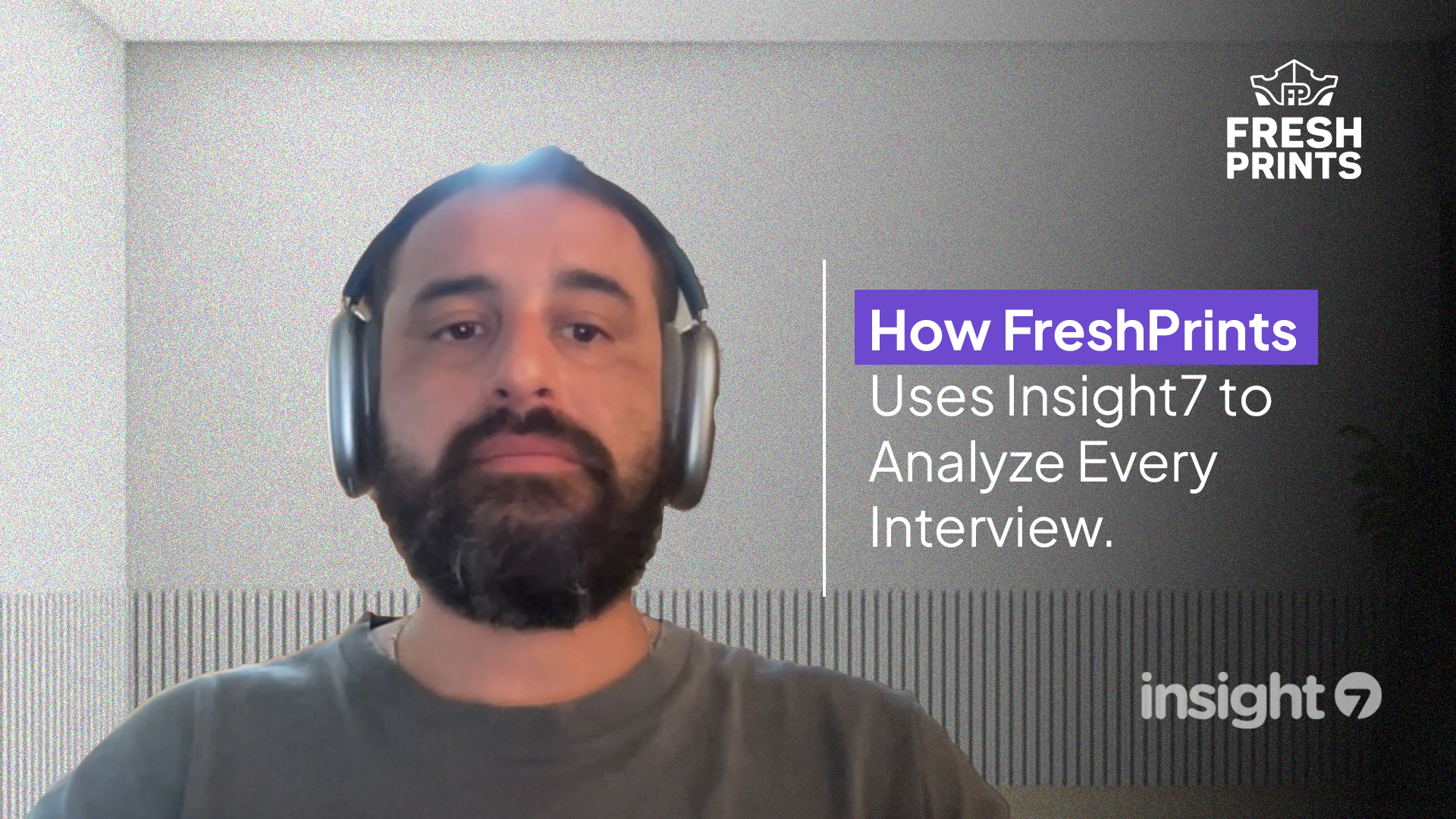How to Create Report From Panel interviews
-
Bella Williams
- 10 min read
Panel Interview Reports are essential tools in synthesizing insights gathered from multiple participants. They create a comprehensive view of various perspectives, which can be invaluable for decision-making. Effectively compiling this data ensures that the voices of all interviewees are accurately represented and easily understood.
In this section, we will delve into the structure and purpose of the Panel Interview Report. A well-prepared report not only captures the essence of the discussions but also highlights critical themes and insights. Understanding how to create an impactful report will aid in effectively communicating findings to stakeholders, fostering informed strategies for future initiatives.
Generate visualizations from your qualitative data. At Scale.

Understanding the Basics of a Panel Interview Report
A well-crafted Panel Interview Report serves as a vital tool for documenting the insights gathered during the interview process. It encompasses various dimensions of feedback from multiple interviewers, providing a comprehensive view of the candidate's performance and fit for a role. Understanding the basics of this report involves recognizing its structure, the critical information it presents, and how to effectively communicate findings. Each section should elucidate specific competencies assessed during the interview and highlight key themes such as strengths, weaknesses, and areas for development.
Additionally, incorporating quotes and direct feedback from panel members enhances the report's credibility. This level of detail not only aids in decision-making processes but also provides valuable insights for future interviews. Establishing clear criteria for assessment is essential, as it ensures consistency across evaluations from different interviewers. Ultimately, a well-structured Panel Interview Report not only reflects the evaluation process but also serves as a reference for continuous improvement in hiring practices.
Defining the Panel Interview Report
A Panel Interview Report serves as a comprehensive summary of insights gathered during a series of group interviews. This document not only records the feedback from multiple interviewers but also highlights key themes that emerge from the discussions. Understanding this report is crucial because it enables stakeholders to identify trends and make informed decisions based on collective input.
To craft an effective Panel Interview Report, certain elements must be included. Start with an overview that presents the panel's objectives and the framework used in conducting the interviews. Next, delve into the individual responses, categorizing insights into themes such as strengths, weaknesses, and areas for improvement. Finally, provide actionable recommendations based on the analyzed data, ensuring that the report serves as a valuable tool for future initiatives. By following these guidelines, one can create a report that is not only informative but also conducive to strategic planning and growth.
Importance of a Well-Structured Panel Interview Report
A well-structured panel interview report is crucial for clear and effective communication among stakeholders. It serves as a comprehensive document that captures insights and evaluations, ensuring that everyone involved understands the candidate's strengths and weaknesses. Without such a structure, it becomes challenging to derive actionable conclusions from the data, often leading to misinterpretations.
The importance of a well-organized report can be underscored in several ways. First, it enhances consistency across evaluations, allowing team members to assess candidates uniformly. Second, it provides a clear framework for identifying patterns of behavior and performance, which can be instrumental in making informed hiring decisions. Finally, it fosters transparency in the evaluation process, reassuring candidates that they were assessed based on well-defined criteria. Overall, a well-structured panel interview report is invaluable in promoting effective hiring practices and optimizing team collaboration.
Evaluate Performance on Customer Calls for Quality Assurance.
Steps to Create an Effective Panel Interview Report
Creating an effective panel interview report involves several key steps that ensure the final document is informative and useful. Firstly, it's essential to gather all relevant information from the interviews. This includes notes, recordings, and direct responses from participants. Analyze these materials to extract important insights and quotes that truly reflect the candidates' perspectives and experiences.
Next, structuring your panel interview report is crucial for clarity. Start with an introduction that provides context for the report. Follow this with sections dedicated to each candidate, highlighting their strengths, weaknesses, and overall impressions. Include specific examples or quotes that support your evaluations. The summary should encapsulate the key takeaways, making it easy for decision-makers to understand the findings at a glance. A well-organized panel interview report increases transparency and assists in making informed hiring decisions, streamlining the evaluation process for all stakeholders involved.
Step 1: Gathering Relevant Information
The first step in crafting an effective Panel Interview Report involves gathering relevant information from the discussions held during the interviews. This stage is crucial as it sets the foundation for your report. Begin by ensuring you have audio or video recordings of each panel interview, along with any written transcripts if available. This allows for accurate data extraction and reflection of participants' sentiments.
Next, identify key themes and insights from your interviews. Analyze responses to understand commonalities and contrasts regarding the discussed topics. Additionally, collect any supplementary materials that were shared during the panels, such as presentations or documents. These resources will enrich your report, providing a comprehensive view of the findings. By diligently gathering relevant information, you prepare yourself to create a report that effectively communicates the insights derived from the panel interviews.
Step 2: Structuring Your Panel Interview Report
Structuring your panel interview report effectively is crucial for conveying insights clearly and concisely. Start by organizing the core themes that emerged during the panel discussions. Identify key patterns and pain points mentioned across interviews. This will not only help in summarizing information but also in highlighting significant trends that stakeholders need to understand.
Next, categorize the insights into relevant sections. Consider using headings to differentiate the topics. Grouping related findings together can enhance readability. You may want to include an executive summary to present a high-level overview of the report’s findings. This structured approach will make it easier for readers to navigate through the report, ensuring that your panel interview report serves its purpose effectively. A well-structured document can greatly support decision-making processes and improve the understanding of the interview outcomes.
Conclusion: Finalizing Your Panel Interview Report
In concluding your Panel Interview Report, it is essential to synthesize the insights gathered from the various candidates. This section allows you to connect the dots between individual evaluations and draw overarching conclusions that reflect the overall performance and fit of the candidates. Reviewing key themes, strengths, and areas of improvement will help solidify your findings, ensuring nothing important is overlooked.
Next, ensure that your final report is clear and well-organized. Include concise summaries, relevant data, and actionable recommendations based on the panel’s discussions. Ultimately, the goal is to present a report that is not only comprehensive but also easy to navigate, facilitating informed decision-making for future hiring processes. This will provide a structured approach for teams to analyze candidates effectively and streamline their recruitment efforts.







